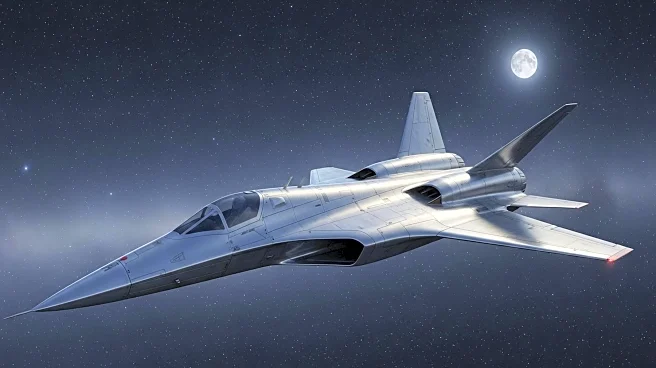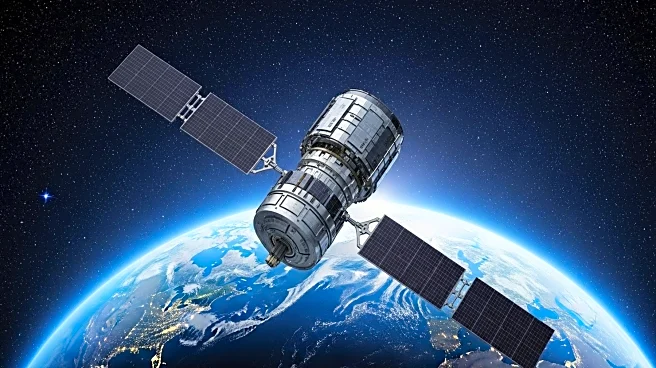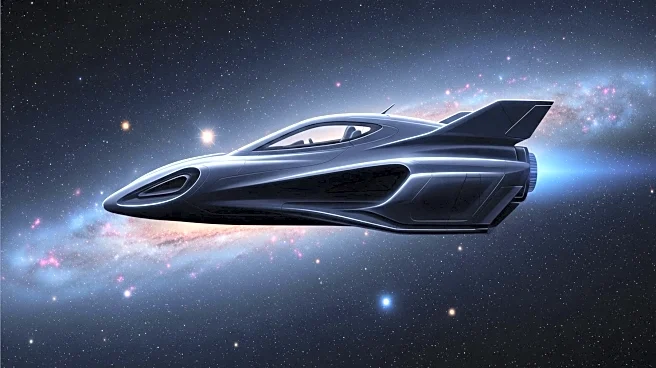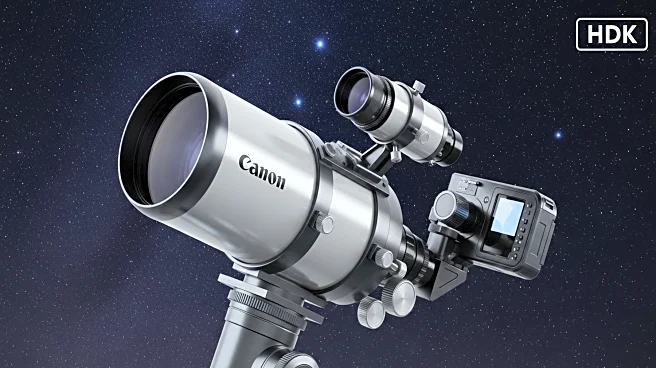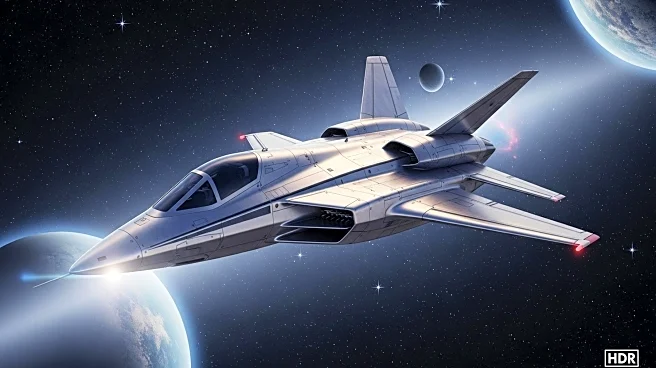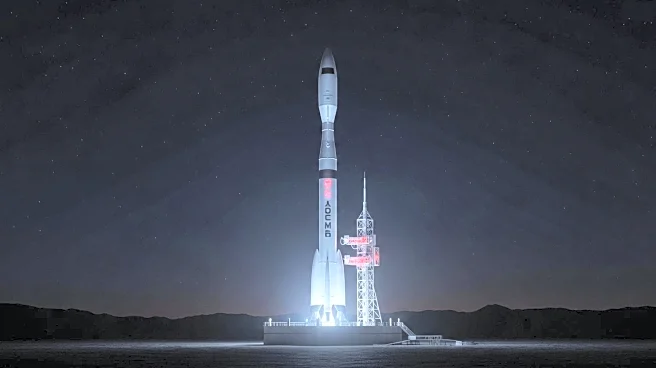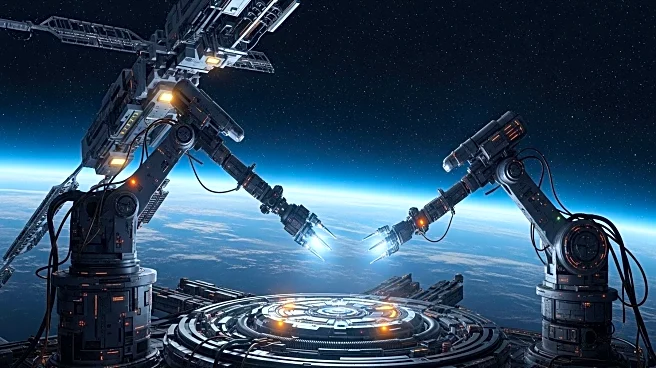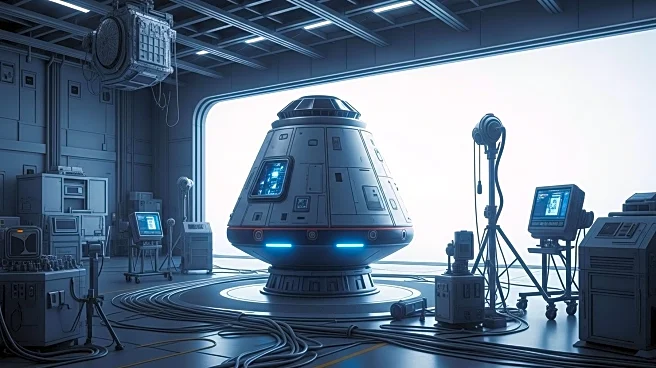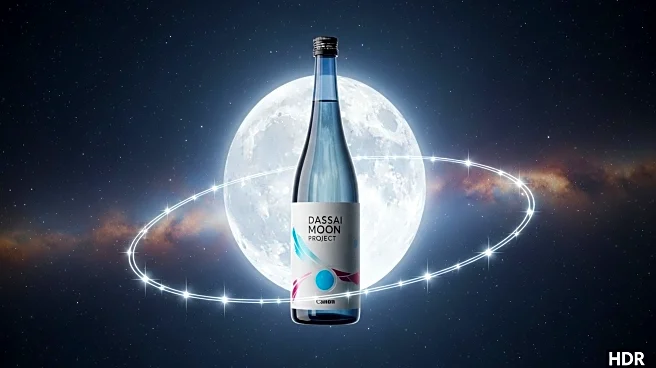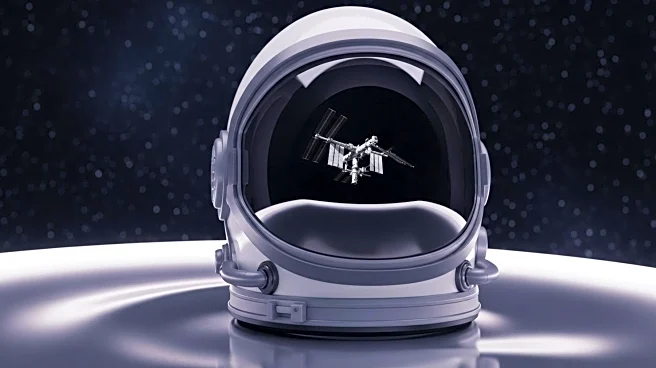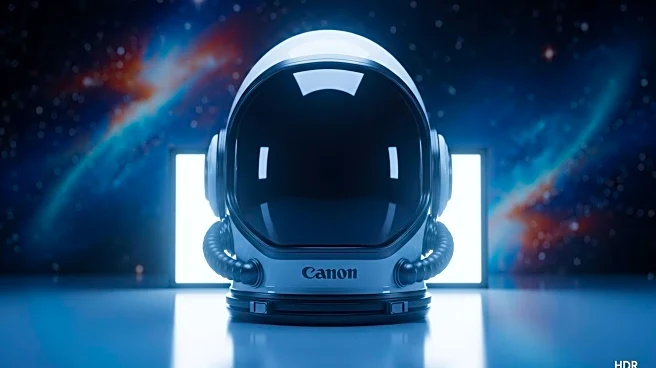What is the story about?
What's Happening?
NASA and Sierra Space have revised their contract terms for the Dream Chaser spaceplane, shifting its mission from supplying the International Space Station (ISS) to becoming a free-flying spacecraft. This strategic pivot positions Dream Chaser for broader roles in national defense and private space ventures, as the ISS is scheduled for decommissioning by 2030. The spaceplane's first orbital flight in 2026 will be independent of the ISS, allowing Sierra Space to explore diverse mission profiles.
Why It's Important?
The shift in Dream Chaser's mission reflects broader trends in the aerospace industry, where commercial innovation is increasingly leveraged to enhance national capabilities. By decoupling from exclusive reliance on NASA, Sierra Space aims to preserve Dream Chaser's potential as a versatile asset in space transportation and defense. This strategic pivot underscores the importance of adaptability in the evolving landscape of space exploration.
What's Next?
As the ISS era draws to a close, Sierra Space is positioning Dream Chaser to play a critical role in future private space stations and defense missions. The spaceplane's unique capabilities offer advantages in terms of reusability and rapid turnaround, making it an attractive option for servicing future space ventures. The coming years will reveal how Dream Chaser adapts to the demands of a dynamic and rapidly changing industry.
Beyond the Headlines
The renegotiation of Dream Chaser's mission highlights the importance of strategic planning and adaptability in the aerospace industry. It raises questions about the balance between public and private sector roles in advancing space exploration and the potential for commercial innovation to drive national security priorities.
AI Generated Content
Do you find this article useful?
